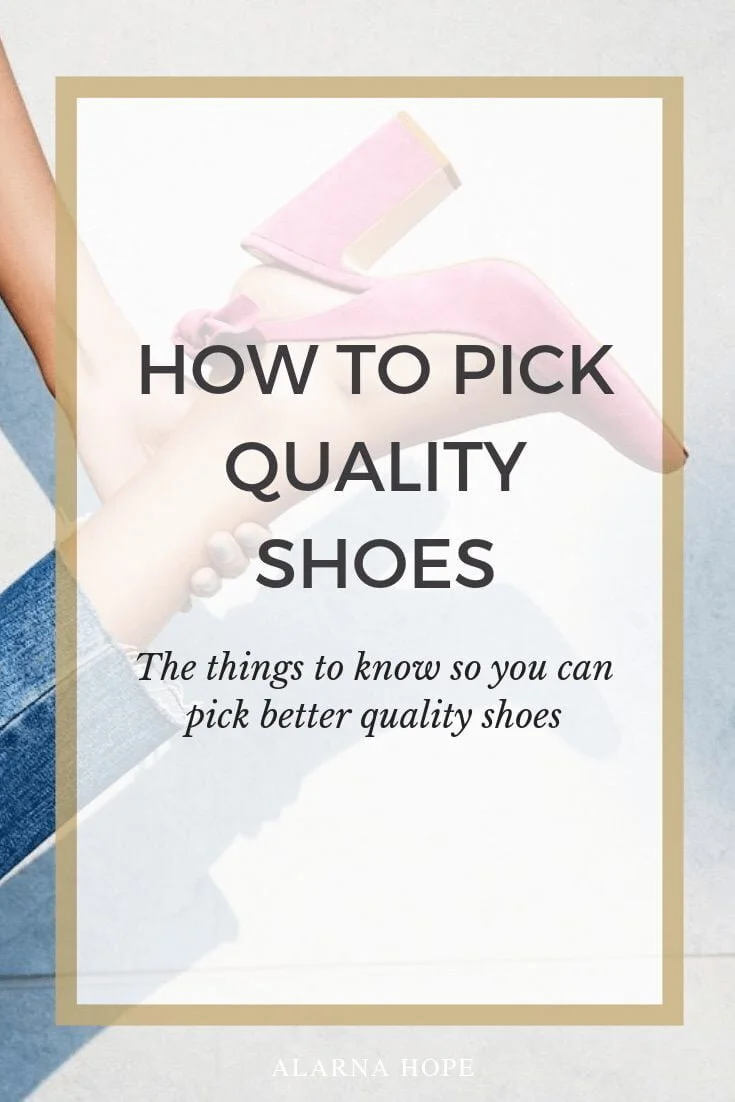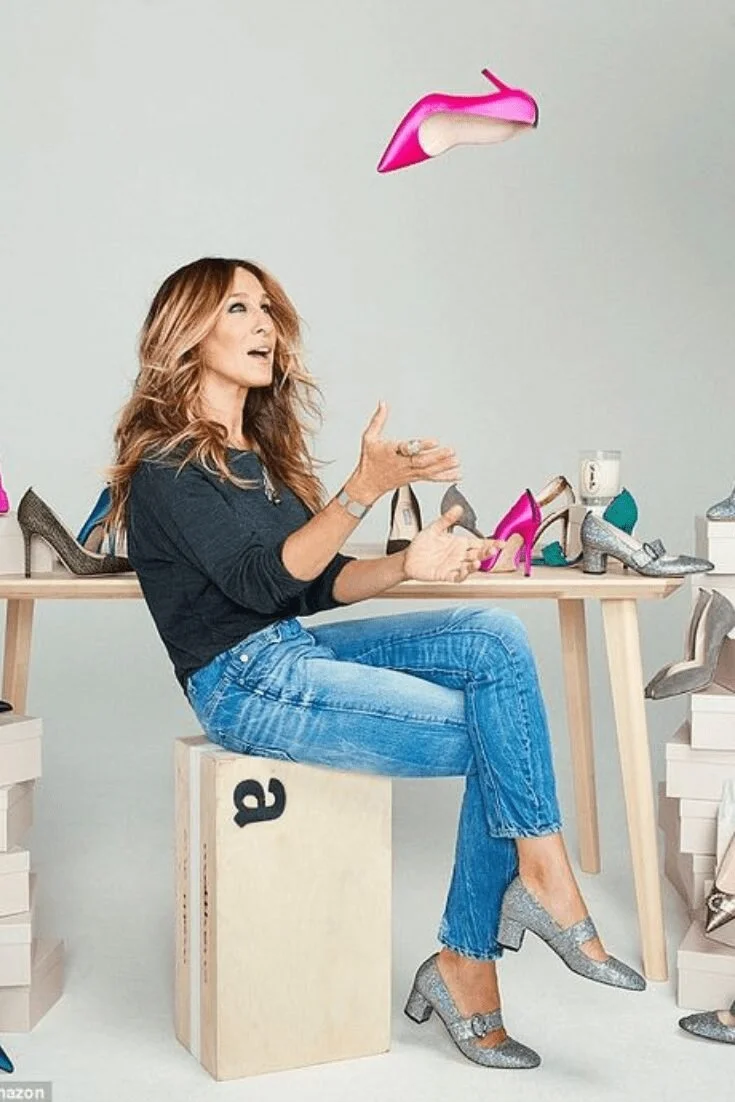What To Look For In Good Quality Shoes
A phrase I never hear women or men say when purchasing shoes are 'only skinny people can wear that' or 'you've got to be a model to wear shoes like those.' As a Stylist, I'm hearing these phrases come out of private clients mouths regularly when referring to clothing, but never when referring to shoes.
Shoes, like accessories, are one of the few things to do with fashion that we don't have half as many hang-ups about. But one thing that drives me up the wall, is a bad quality shoe, with a high-quality price tag. And because we're smart and we're not about to get ripped off, I'm going to tell you a bit about what makes a shoe great and what shoes you can throw across the room.
How To Find Good Quality Shoes
To understand what shoes are good quality, you should understand the basic anatomy of the shoe.
The Sole: Is the most important part of the shoe; it's the base of the shoe where most damage takes place, and it's often the area we look at to determine whether or not our shoes are ready to be replaced. You often have the choice of leather or rubber soles, and both are great, depending on what you wear them for. More on leather vs. rubber soles in Friday's post.
You should always inspect where the shoe meets the sole and if you can see any glue at all, put it right back and leave it for the basic bitches. It's not meant to be.
The Heel: A sturdy and thick high heel is less likely to get caught on things, and is less liable to be scuffed. When purchasing a shoe, the heel shouldn't wobble or shift at all. If it does, throw it on the floor and make a dramatic exit. The heel is made up of a piece of wood or cork, and is often attached by glue, a pin and sometimes stitching.
The Innersole: It should not feel like there is nothing between the sole and the inner sole. There should be some insulation or a small layer of padding, once you start wearing these regularly, if there's nothing between those two layers, you'll have sore heels and balls of your feet and your shoes will wear out faster.
An inner sole is glued down, but the best quality ones are glued and stitched or moulded and pressed. You should not be able to lift that innersole with your nail.
The Cuff: The Cuff of your shoe is the area that fits around your ankle, this is the spot that when wearing in shoes we usually feel the most pain. This area should always have a lining if the shoe is leather and you plan on wearing them daily. If not, you'll have sore heels for longer than expected and your shoes will not hold their shape well with regular wear.
Vamp / Throat: This is the centre front and the area that spans across your toes and front of your foot. This part of the shoe usually shows quite a bit of wear and tear, sometimes they fade in this area, other times they stretch and get age lines. Oil of Olay won't fix this but using shoe tree's or shoe shapers when storing will.
Be sure to look down into the shoe when purchasing closed or peep toe shoes that have a piece of fabric on the outer, like a strap that's there for decoration. This should be made in a flexible fabric as you'll feel soreness across the front of your foot from a shoe with a non-flexible material.
Inner Toe: The inner toe area should have the inner sole lining it all the way down to the toe. If not, the shoe isn't well made. You shouldn't be able to see any of the inner shoe interfacings, all you should see is the general lining where your inner sole meets the rest of your shoe.
Stitching: If you're shopping for a shoe like a lace up brogue, Oxford, a boot or shoe for hiking and there is exposed stitching, this could be for one of two reasons. One, it's decorative and two, it's there to keep water out. If it's decorative, you should be able to run your nail along the thread and see the thread separating. If it's to keep the water out, when you run your nail along it, nothing should come off. It should have a waxy coating on it instead.
How Much Does A Good Quality Shoe Cost?
My general rule is that once you pay over $1000 for a pair of shoes, you are paying for the brand unless there is the need for a custom fit shoe. I usually spend $130 on flat shoes and $190 - $400 on heeled shoes and boots. You don't need to be flash for cash to purchase a pair of shoes that should last.
Consider if you're a heavy walker: I say this because I don't buy a high heel unless I can run in them. If I can't run in them, how will I catch up to Colin Firth when he runs away from me? Also, how will I know that if I need to make a run for the bus, the sale or have to dart off somewhere quickly, that I can be comfortable while doing so?
If you find you're quite heavy on your feet, while your shoes are still new, get your shoe guy (the guy who fixes shoes near you whose name you can't remember) to put a rubber base on the front. The rubber base is called a topy (pronounced toe-pee), and it gives your shoes some extra life.
Let's do some maths. Now, I'm not going to pretend I'm good at maths, I only ever calculate important things like thread counts, percentages off and cost per wear. But so that you know what you're investing in, you should calculate the following:
Shoe Cost PLUS Shoe Additions (conditioner, party feet, topies, etc) DIVIDED BY Amount Of Times You'll Wear The Shoes
Because I could waffle on about what makes a shoe worth the money / wear in time, I've decided to split this post into two parts. Part two is going to be all about how long your shoes should last because I don't think I've had a client not ask me this question. So drop by again on Friday for that gossip sesh and you'll be well and truly in the know and you won't upset any shoe sales girls or your pedicured feet.


